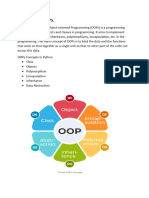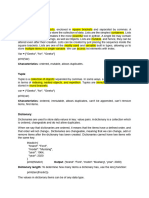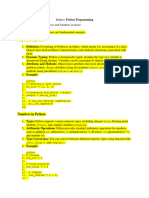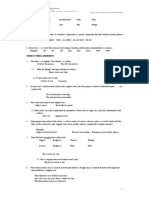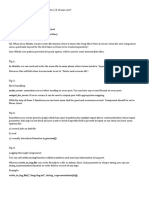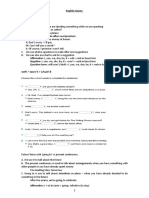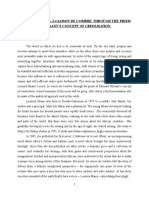0% found this document useful (0 votes)
39 views31 pagesPython 8m-1-31
The document provides a comprehensive overview of Python programming concepts, including basic data types, function definitions, return statements, membership operators, lists vs. tuples, access modifiers, file handling, method overriding, CSV file handling, JSON features, built-in functions, string manipulation, dictionaries, and inheritance types. Each section includes explanations, syntax, and example code to illustrate the concepts. The document serves as a guide for understanding and implementing various Python functionalities.
Uploaded by
av5bkcCopyright
© © All Rights Reserved
We take content rights seriously. If you suspect this is your content, claim it here.
Available Formats
Download as PDF, TXT or read online on Scribd
0% found this document useful (0 votes)
39 views31 pagesPython 8m-1-31
The document provides a comprehensive overview of Python programming concepts, including basic data types, function definitions, return statements, membership operators, lists vs. tuples, access modifiers, file handling, method overriding, CSV file handling, JSON features, built-in functions, string manipulation, dictionaries, and inheritance types. Each section includes explanations, syntax, and example code to illustrate the concepts. The document serves as a guide for understanding and implementing various Python functionalities.
Uploaded by
av5bkcCopyright
© © All Rights Reserved
We take content rights seriously. If you suspect this is your content, claim it here.
Available Formats
Download as PDF, TXT or read online on Scribd
/ 31

























